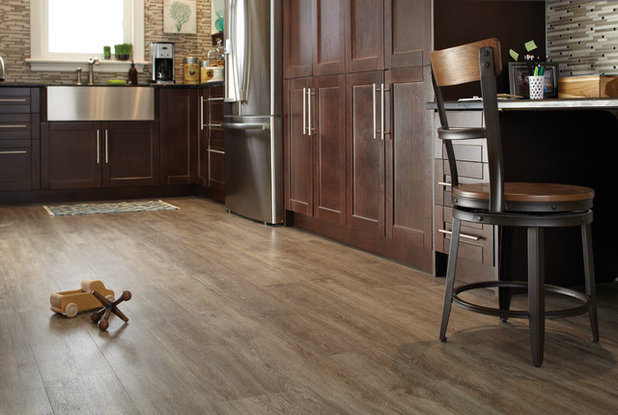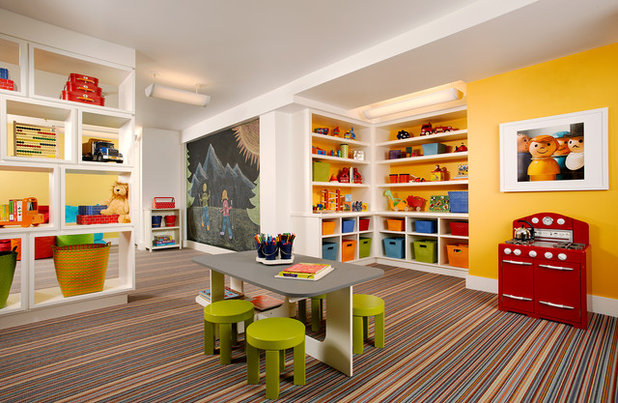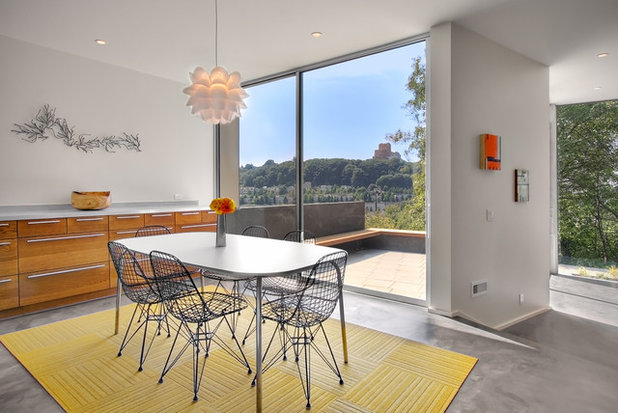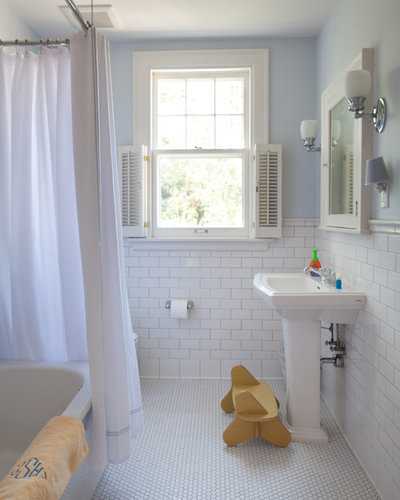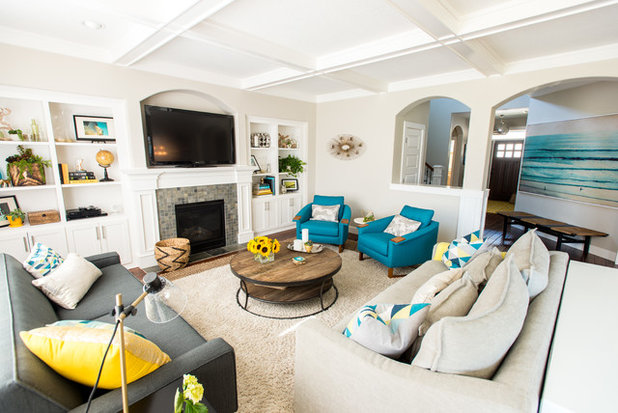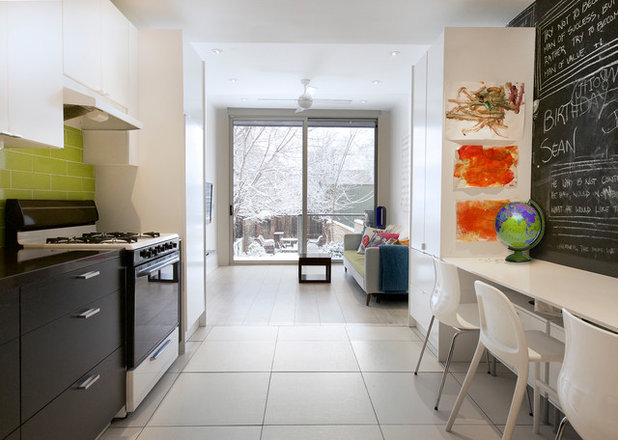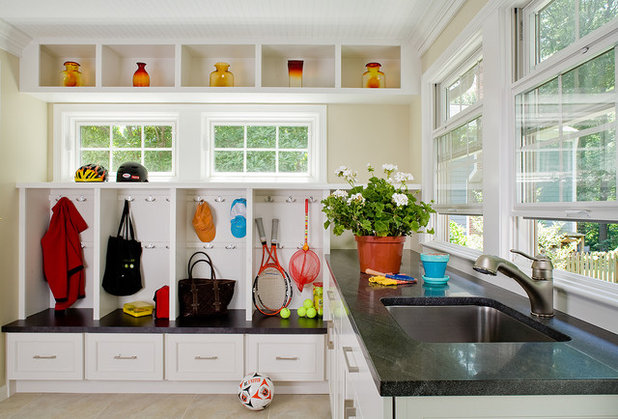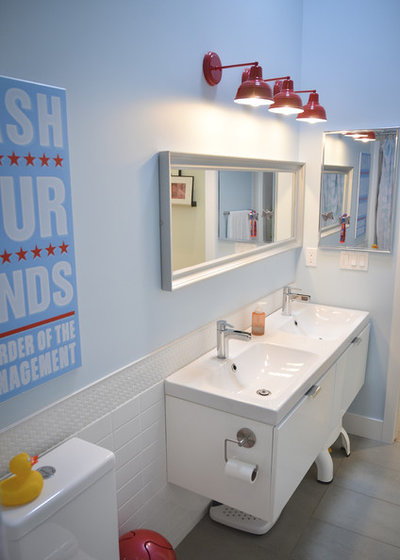The
bidding war is back. While not every local real estate market is
experiencing bidding wars, some homebuyers find themselves competing for
houses because there aren't many for sale in their neighborhood. For
example, in Phoenix, it would take just 2.3 months to sell all the homes
currently on the market, says Susan Paul, owner of Better Homes and
Gardens Real Estate Move Time Realty in Scottsdale, Ariz. The result?
Many homes have 10 to 15 offers the day they go on the market, she says.
To compete in a bidding war, buyers need to prepare financially
for the home purchase. They have to familiarize themselves with property
values in their target neighborhoods. And they must know what they
want.
While offering the most money might seem the best way to
win a bidding war, sellers don't always choose the highest offer.
Instead, sellers often prefer offers that are most likely to go through
and that meet their conditions.
"Too many buyers talk to a lender
and start looking at homes at the same time," says Eldad Moraru, a
Realtor with Long & Foster Real Estate Inc. in Bethesda, Md. "You
need to have everything (financial) done before you begin to look." Then
you are more likely to win a bidding war.
He suggests selecting a
lender and loan product, completing everything the lender requires and
having a preapproval letter in hand -- all before submitting an offer.
"You need to make sure your lender is ready to issue an
approval letter specific to the property at the drop of a dime," Moraru
says.
Paul recommends keeping a file folder constantly updated
with your most recent pay stubs, all pages (even blank pages) of recent
bank statements and any other documentation the lender may need to make a
quick loan approval. Then you are ready to make an offer.
A
strong preapproval is essential, especially if you are competing against
buyers with a cash offer, says Alan T. Aoyama, vice president of
Century 21 M&M Associates in Cupertino, Calif. Any hint that you
might have trouble qualifying for financing could eliminate you from
competition.
"An all-cash buyer can even waive the appraisal,"
Aoyama says. "If you're a noncash buyer, you need to have a copy of your
proof of funds with your offer along with a strong preapproval. At a
minimum, you should offer a down payment of 20 percent if you know
you'll be competing against other buyers. You need to show you have the
funds to close and the ability to make up the difference if the
appraisal comes in too low."
To compete against other buyers in a
potential bidding war, make sure you see a potential home the day it
goes on the market, so you can move quickly, Paul says.
Moraru
says while price is important, sellers want to know the buyer can
finance the property and meet any other conditions. If you don't know
the date when the sellers want to settle, you can write "will settle on
seller's schedule" into the offer.
Aoyama suggests offering 30 days of free rent if the sellers want to stay in their home after settlement.
Most
Realtors don't recommend buying a home without an inspection, but
making your offer contingent on an inspection can weaken your position
if other buyers are waiving an inspection contingency.
"If you're
serious about a particular house, you can have a home inspection before
you make an offer, and then make a noncontingent offer if you're
satisfied with the report," Moraru says. "You'll need to move fast,
though, and have a home inspector ready almost the day the home goes on
the market."
Paul says you can bring a home inspector along when
you first look at the home and say the inspector is a friend, just to
get an inspector's feel for the condition of the home without an
in-depth checkup.
"If the inspector says the house looks OK, you can feel better about waiving the home inspection contingency," Paul says.
The 30-year fixed-rate mortgage rose 9 basis points to 3.67 percent. A basis point is one-hundredth of 1 percentage point.
The
15-year fixed-rate mortgage rose 4 basis points to 2.92 percent. The
average rate for 30-year jumbo mortgages, or generally for those of more
than $417,000, rose 2 basis points to 4.1 percent.
The 5/1
adjustable-rate mortgage rose 1 basis point to 2.77 percent. With a 5/1
ARM, the rate is fixed for five years and adjusted annually thereafter.
(Contact Donna Fuscaldo at
editors@bankrate.com. Distributed by Scripps Howard News Service,
shns.com.)


